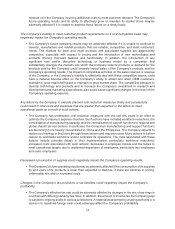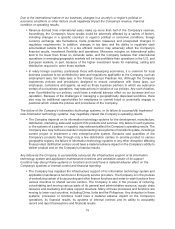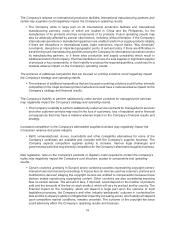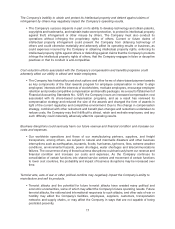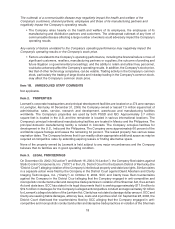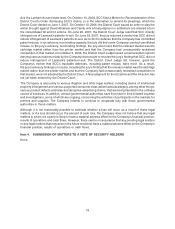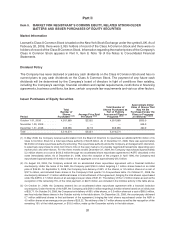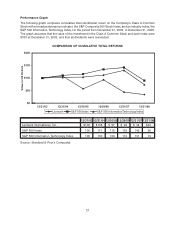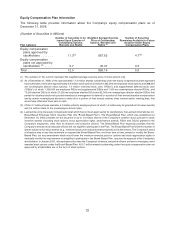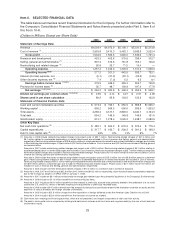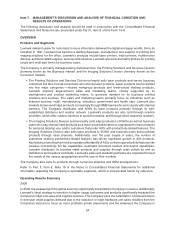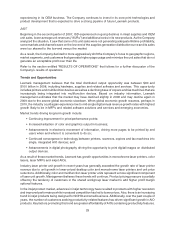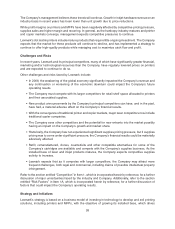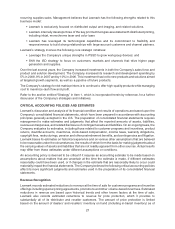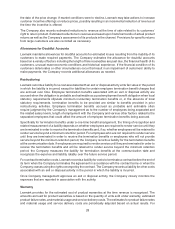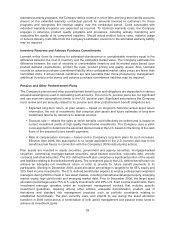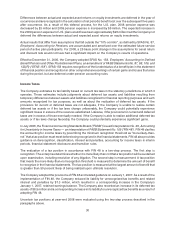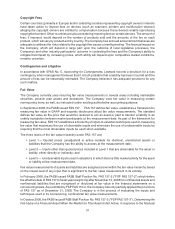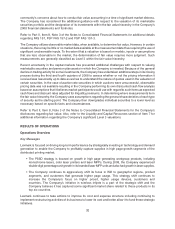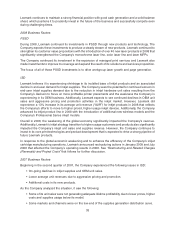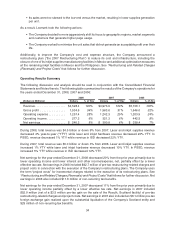Lexmark 2008 Annual Report Download - page 30
Download and view the complete annual report
Please find page 30 of the 2008 Lexmark annual report below. You can navigate through the pages in the report by either clicking on the pages listed below, or by using the keyword search tool below to find specific information within the annual report.Item 7. MANAGEMENT’S DISCUSSION AND ANALYSIS OF FINANCIAL CONDITION AND
RESULTS OF OPERATIONS
The following discussion and analysis should be read in conjunction with the Consolidated Financial
Statements and Notes thereto presented under Part II, Item 8 of this Form 10-K.
OVERVIEW
Products and Segments
Lexmark makes it easier for customers to move information between the digital and paper worlds. Since its
inception in 1991, Lexmark has become a leading developer, manufacturer and supplier of printing and
imaging solutions for the office. Lexmark’s products include laser printers, inkjet printers, multifunction
devices, and associated supplies, services and solutions. Lexmark also sells dot matrix printers for printing
single and multi-part forms by business users.
The Company is primarily managed along divisional lines: the Printing Solutions and Services Division
(formerly known as the Business market) and the Imaging Solutions Division (formerly known as the
Consumer market).
• The Printing Solutions and Services Division primarily sells laser products and serves business
customers but also include consumers who choose laser products. Laser products can be divided
into two major categories — shared workgroup products and lower-priced desktop products.
Lexmark employs large-account sales and marketing teams, closely supported by its
development and product marketing teams, to generate demand for its business printing
solutions and services. The sales and marketing teams primarily focus on industries such as
financial services, retail, manufacturing, education, government and health care. Lexmark also
markets its laser and inkjet products increasingly through SMB teams who work closely with channel
partners. The Company distributes and fulfills its laser products primarily through its well-
established distributor and reseller network. Lexmark’s products are also sold through solution
providers, which offer custom solutions to specific markets, and through direct response resellers.
• The Imaging Solutions Division predominantly sells inkjet products to SOHOs as well as business
users who may choose inkjet products as a lower-priced alternative or supplement to laser products
for personal desktop use, and to customers that prefer AIOs with productivity-related features. The
Imaging Solutions Division also sells laser products to SOHO and business users that purchase
products through retail channels. Additionally, over the past couple of years, the number of
customers seeking productivity-related features has driven significant growth in AIO products.
Key factors promoting this trend are greater affordability of AIOs containing productivity features like
wireless connectivity, full fax capabilities, automatic document feeders and duplex capabilities.
Lexmark distributes its branded inkjet products and supplies through retail outlets as well as
distributors and resellers worldwide. Lexmark’s sales and marketing activities are organized to meet
the needs of the various geographies and the size of their markets.
The Company also sells its products through numerous alliances and OEM arrangements.
Refer to Part II, Item 8, Note 18 of the Notes to Consolidated Financial Statements for additional
information regarding the Company’s reportable segments, which is incorporated herein by reference.
Operating Results Summary
2008
In 2008, the weakening of the global economy significantly impacted the Company’s revenue. Additionally,
Lexmark’s inkjet strategy to transition to higher usage customers and products significantly impacted the
Company’s inkjet unit sales and supplies revenue. The Company sees the potential for continued erosion
in end-user inkjet supplies demand due to the reduction in inkjet hardware unit sales resulting from the
Company’s decision to focus on more profitable printer placements and the weakness the Company is
24


